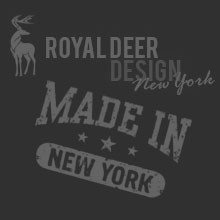Web design choices not only impact the look and feel of your site – and ultimately help to define your brand – they also impact search engine optimization and how many people find you online. Content, design and development are components which make a difference in your online presence and should be considered throughout your development process. Of course, nothing is more important than the end user and how well they are able to navigate the system. Still, the goal is not to make cool sites that simply impress, but to develop an effective online presence which meets your goals and objectives.
With that in mind, here are some current design trends and their impact on your SEO.
Parallax is a single scrolling page web design that has become increase popular in recent years. The pros are the improved visual interface and less clicking and navigating as all content is on a single page. The cons are graphic rich designs which can be slow to load and users may get lost with all the scrolling. There is also a negative effect on SEO, as all the content is on one page and does not allow for links to multiple URLs.
Responsive design sites are built to allow visitors to have the same user experience regardless of which device they use to connect. As today’s users could be looking at your site on their phone in the morning, laptop midday and tablet in the evening, you want to have a site that easily works regardless of how someone connects. Separate sites for different devices may trigger a message to user’s that the site is not designed for their mobile device and consistently updating duplicate content could be problematic. A single site for all content is a definite advantage when it comes to SEO.
Fixed navigation makes it easy from a user perspective, as they can easily click to navigate back to any part of the website. There is no real drawback from an SEO perspective, but fixed navigation may have issues with some mobile devices. On the other end of the spectrum is off-screen navigation which uses a symbol (three horizontal lines) to represent the navigation menu. Again, there is no negative SEO consequences, but if users don’t know this is how to access the navigation menu, they may get frustrated and move on to another site.
Keeping your customers in mind when designing a site and creating the user experience is where you should focus your efforts. Within this framework, you can then figure out how to best implement SEO, along with the other elements that create online success, such as social media, marketing and good old fashion client engagement.




